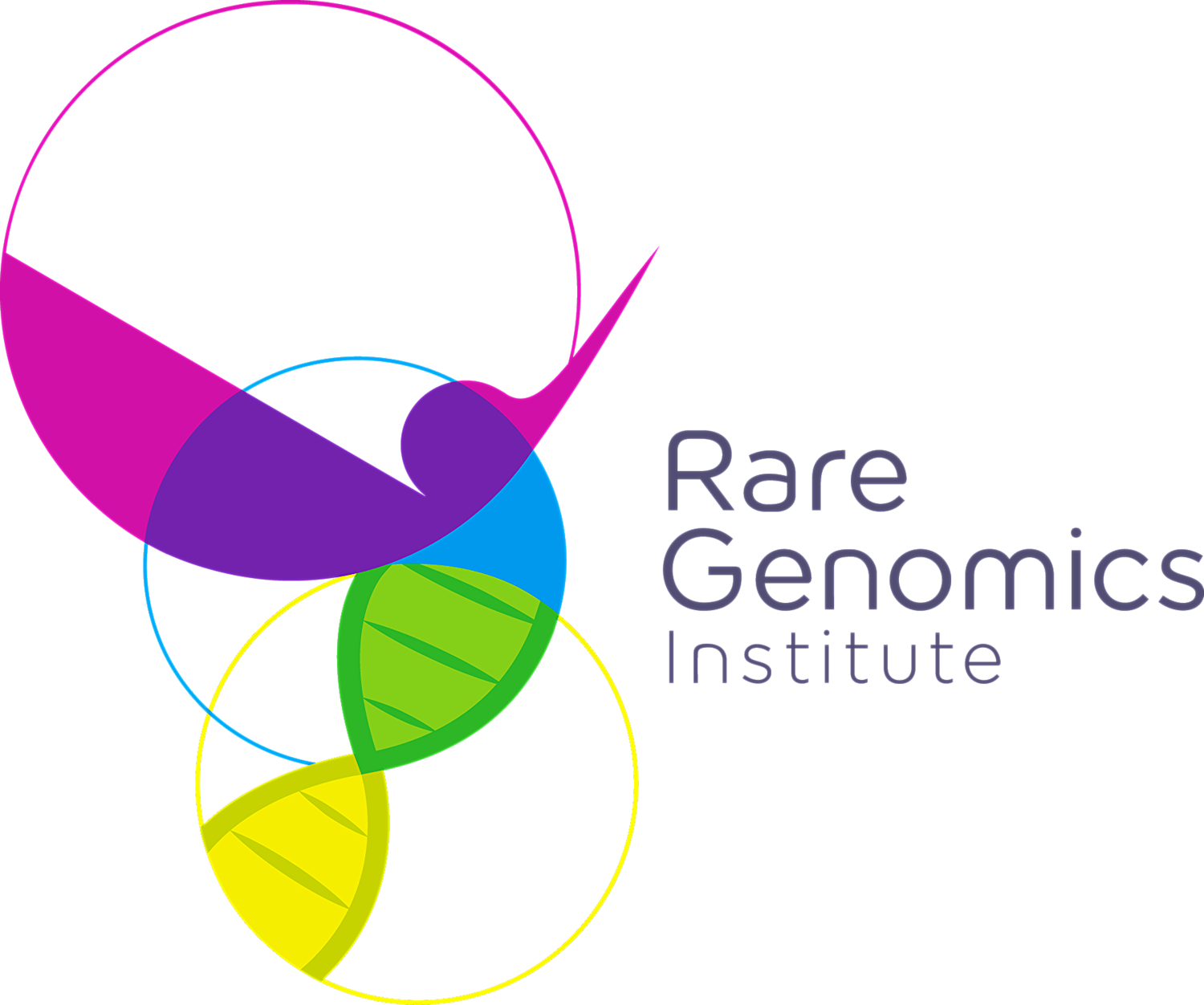Alternating Hemiplagia ldhood (AHC) ?
/What is Alternating Hemiplagia of Childhood (AHC) ?
Alternating hemiplegia of childhood (AHC) is a rare neurological disorder named for the transient episodes, often referred to as attacks or episodes, of hemiplegia from which those with the disorder suffer. These hemiplegic attacks can cause anything from mild weakness to complete paralysis on one or both sides of the body, and they can vary greatly in duration. Attacks may also alternate from one side of the body to the other, or alternate between affecting one or both sides during a single attack. AHC is associated with many symptoms besides hemiplegia, and the majority of these become apparent in early infancy. AHC typically presents before the age of 18 months. Normally, hemiplegia and other associated symptoms cease completely with sleep, but they may recur upon waking.
What is its prevalence ?
AHC is extremely rare – approximately 1 in 1,000,000 people have this disorder.
How is it diagnosed?
As of 1993 only approximately 30 people with AHC had been described in scientific literature. Due to the rarity and complexity of AHC, it is not unusual for the initial diagnosis to be incorrect, or for diagnosis to be delayed for several months after the initial symptoms become apparent. The average age of diagnosis is just over 36 months. Diagnosis of AHC is not only difficult because of its rarity, but because there is no diagnostic test, making this a diagnosis of exclusion.
The following descriptions are commonly used in the diagnosis of AHC. The initial four criteria for classifying AHC are that it begins before 18 months of age, includes attacks of both hemiplegia on either side of the body, as well as other autonomic problems such as involuntary eye movement (episodic monocular nystagmus), improper eye alignment, choreoathetosis, and sustained muscle contractions (dystonia). Patients suffer from intellectual disabilities, delayed development, and other neurological abnormalities. These diagnostic criteria were updated in 1993 to include the fact that all of these symptoms dissipate immediately upon sleeping. Diagnostic criteria were also expanded to include episodes of bilateral hemiplegia which shifted from one side of the body to the other.
A wide variety of specialized tests may be used to rule out other conditions. Such tests include magnetic resonance imaging (MRI), magnetic resonance angiography (MRA), and magnetic resonance spectroscopy (MRS). Additional tests may include electroencephalogram (EEG), which measures electrical responses in the brain, and is typically used to identify epilepsy; metabolic screening to detect urine organic acids, which is indicative of certain metabolic disorders; examinations of cerebrospinal fluid (CSF), which can exclude neurotransmitter deficiency disorders with similar episodic oculomotor abnormalities; erythrocyte sedimentation rates, which measures how long it takes red blood cells to settle in a test tube over a given period to detect inflammatory disorders; and hypercoagulable studies to detect disorders with a predisposition to forming blood clots.
Molecular genetic testing for mutations in the ATP1A3 gene is available on a clinical basis via individual targeted gene sequencing or as part of larger gene panels. Increasingly, ATP1A3 mutations are identified in the context of clinical exome sequencing.
Is there any specific gene/pathway that has been identified?
Growing evidence strongly supports mutation of the ATP1A3 gene as the primary cause of this disease.
How is it treated?
In the long term, AHC is debilitating due to both the hemiplegic attacks and permanent damage associated with AHC. This damage can include cognitive impairment, behavioral and psychiatric disorders, and various motor impairments. There is, however, not yet any conclusive evidence that AHC is fatal or that it shortens life expectancy. Treatment of AHC has not been extremely successful, and there is no cure.
Several drugs available as management strategies for preventing and dealing with hemiplegic attacks. Hemiplegic attacks can be brought on by particular triggers, and management of AHC often centers around avoiding common or known triggers. While triggers vary greatly from person to person, there are some common ones which are prevalent in many patients, including temperature changes, water exposure, bright lights, certain foods, emotional stress, and physical activity. Since attacks and other associated symptoms end with sleep, various sedatives can be used to help patients sleep.
The most common drug used to treat AHC is flunarizine, a calcium channel blocker. Other drugs, in order of frequency of use are benzodiazepines, carbamazapine, barbiturates, and valproic acid. Flunarizine is prescribed for the purpose of reducing the severity of AHC attacks and the number of episodes, though it rarely stops attacks altogether. Minimizing the attacks may help reduce damage to the body from hemiplegic attacks and improve long-term outcomes as far as mental and physical disabilities are concerned.
Are there any clinical trials underway ?
Research at the University of Utah is investigating whether sodium oxybate, also known as Gamma-Hydroxybutyric acid is an effective treatment for AHC. There are currently 2 clinical trials underway for this condition. The details can be found here:
How can RareShare be helpful to patients and families?
As a free online disease-specific forum, RareShare can be a focal point where patients, families, researchers and healthcare providers can exchange information on AHC.
RareShare, MGCI Cancer Society and RGI Chapter
